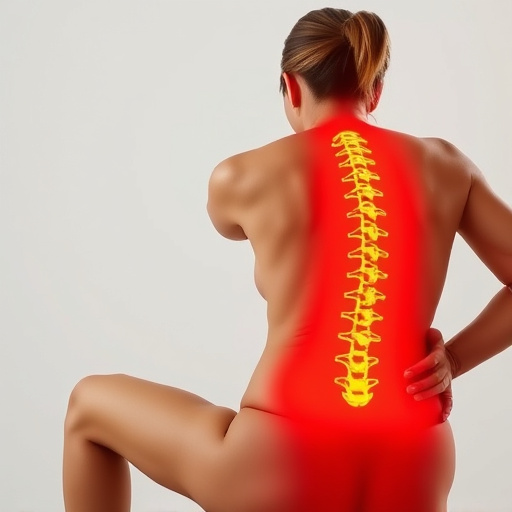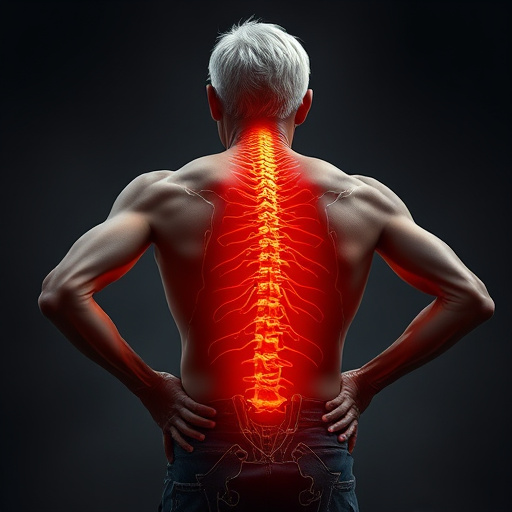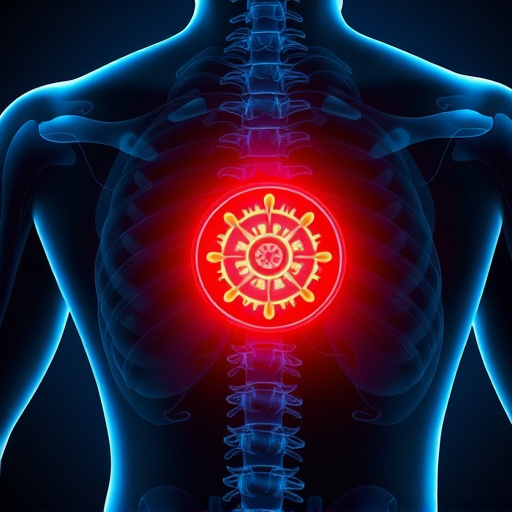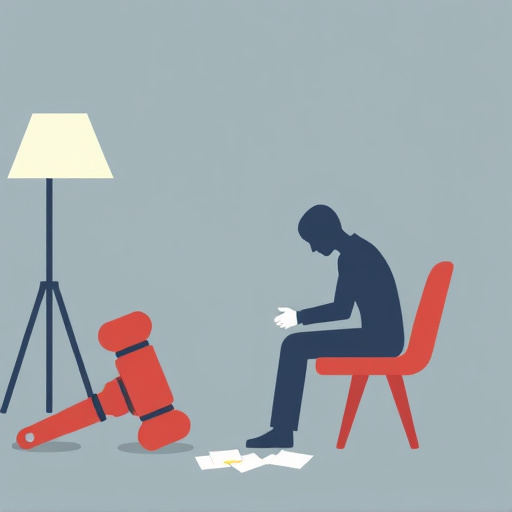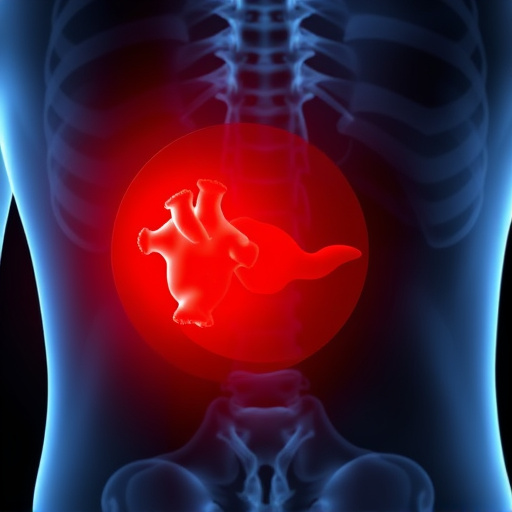Herniated disc treatment focuses on pain relief, mobility improvement, and addressing trauma causes. Inversion tables, offering gravity-altering benefits, decompress spines, reduce pressure on discs, and provide neck pain relief, especially after car accidents. Effective for sciatica but not suitable for all; professional guidance is essential due to potential risks, as some patients may experience diminished long-term relief.
Are inversion tables a helpful tool in managing a herniated disc? This guide explores the effectiveness of these specialized devices for alleviating pain and promoting healing. We’ll first demystify herniated discs, their causes, and symptoms. Then, we’ll delve into the science behind inversion tables, how they work, and their potential benefits and limitations as part of a comprehensive herniated disc treatment plan.
- Understanding Herniated Discs: Causes and Symptoms
- Inversion Tables: What They Are and How They Work
- Benefits and Limitations for Herniated Disc Treatment
Understanding Herniated Discs: Causes and Symptoms

Herniated discs, also known as slipped or ruptured discs, are a common spinal issue affecting individuals across all ages. They occur when the soft, gel-like material inside an intervertebral disc pushes through a tear in its outer layer. This can happen due to various factors, with age being the most significant contributor, as the discs naturally degenerate over time. Other causes include sudden injuries, improper lifting techniques, obesity, and repetitive motions, often experienced in physically demanding jobs or during sporting activities.
Symptoms of a herniated disc vary depending on its location and severity. Common indicators include sharp or dull pain radiating to the legs or arms, numbness or tingling sensations, and weakness in muscles. Joint pain relief is often sought after as pressure on nearby nerves can cause significant discomfort. Mobility improvement is another key aspect of treatment, as physical therapy and exercises aimed at strengthening the core can help restore range of motion. For individuals who have experienced a car accident injury, proper care and management of herniated discs are crucial to prevent long-term complications, ensuring better recovery and reducing the risk of future injuries.
Inversion Tables: What They Are and How They Work

Inversion tables are specialized equipment designed to gently invert the user’s body, reversing the normal posture by hanging upside down. This unique position offers several potential benefits for individuals seeking herniated disc treatment. By altering gravity’s effect on the spine, inversion tables aim to reduce pressure on intervertebral discs, which can be particularly effective for those experiencing neck pain or chronic pain relief from disc-related issues.
The process involves lying on a table with a support system that secures your body in an inverted position. This controlled inversion allows for stretching of the spine and can promote spinal alignment. For individuals who have suffered a car accident injury or are looking into neck pain treatment, inversion therapy presents a non-invasive approach to managing symptoms associated with herniated discs, potentially offering a form of chronic pain relief without the need for drugs or surgery.
Benefits and Limitations for Herniated Disc Treatment

Inversion tables offer a unique approach to herniated disc treatment, gaining popularity for their potential benefits. By flipping the body upside down or at an inverted angle, these tables aim to decompress the spine and reduce pressure on affected discs. This can be particularly effective in alleviating pain associated with sciatica and providing sciatica relief. Inversion therapy is often recommended as a non-invasive alternative to surgery, promoting natural healing and improving spinal mobility. It may also aid in post accident rehabilitation by strengthening back muscles and enhancing flexibility.
However, while inversion tables have their advantages, they are not without limitations. Not everyone is suitable for this type of treatment, especially individuals with certain medical conditions like high blood pressure or eye problems. Inversion therapy should be performed under professional guidance to avoid potential risks. Moreover, the long-term effectiveness for herniated disc treatment may vary, and it might not be a cure-all solution. Some patients may experience relief that diminishes over time, and others might require additional treatments like shockwave therapy for optimal results.
Inversion tables can be a beneficial tool in managing and potentially alleviating symptoms of herniated discs, but they should be considered alongside other conservative treatments. While research offers mixed results on their effectiveness as a standalone method, many users report improved spinal health and reduced pain. However, it’s crucial to understand the limitations and consult a healthcare professional before incorporating inversion tables into your herniated disc treatment plan. As with any therapy, individual responses vary, and what works for one person may not be suitable for another.








